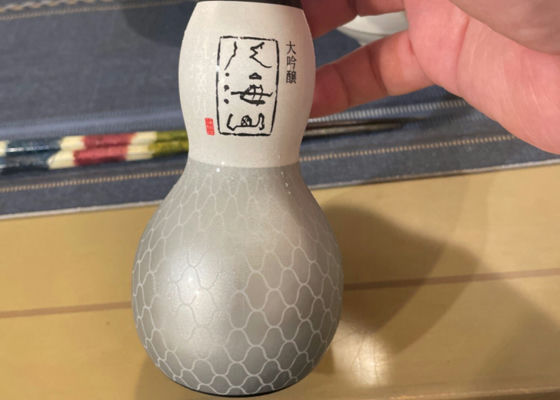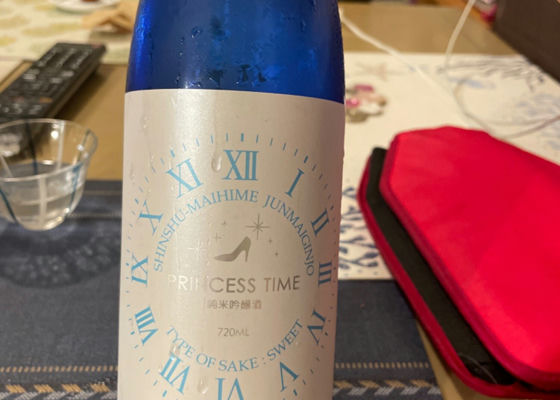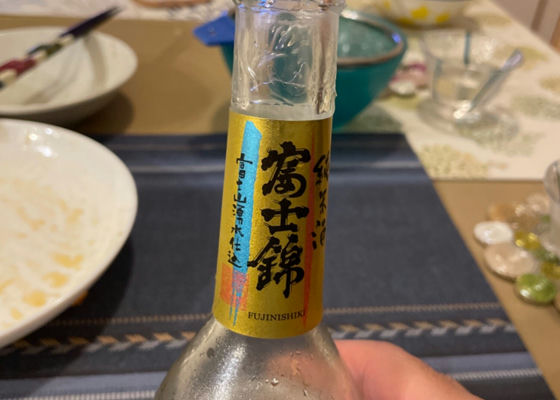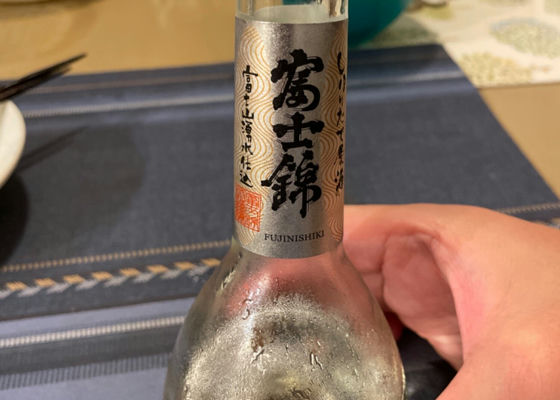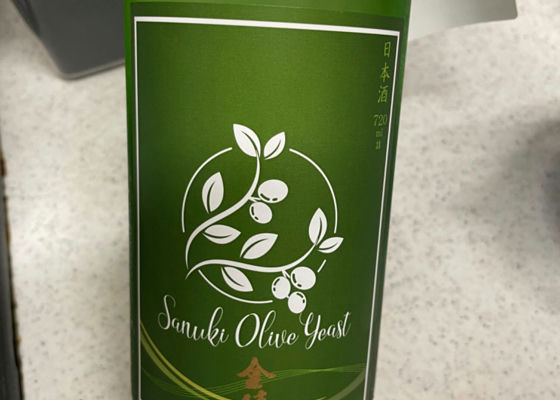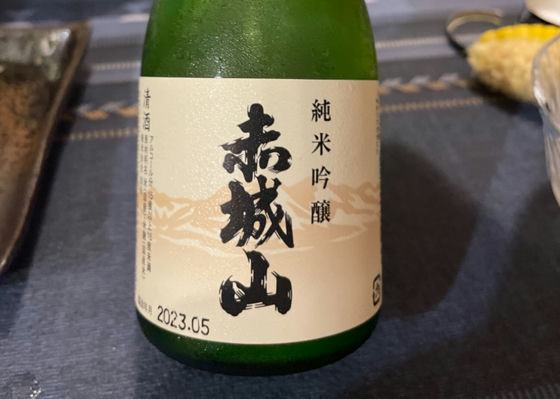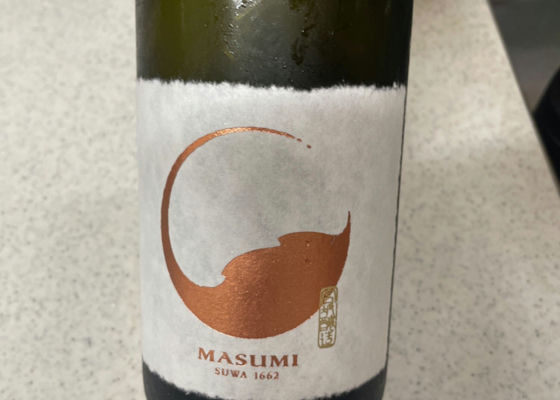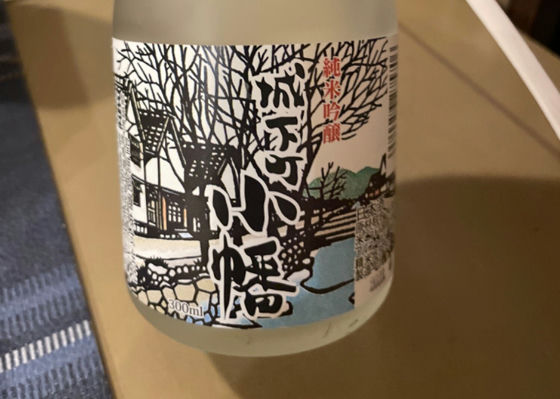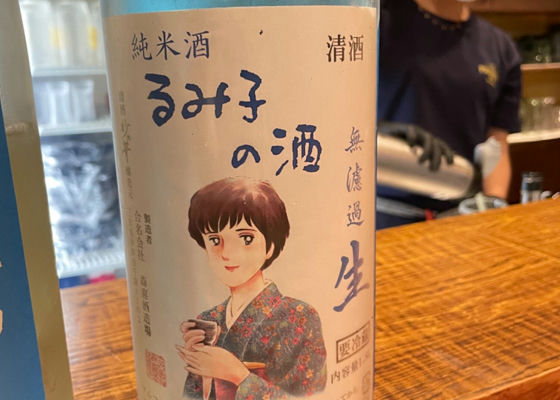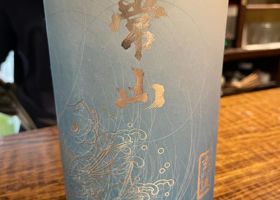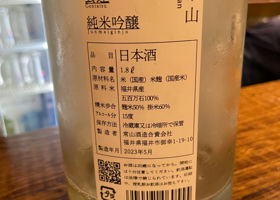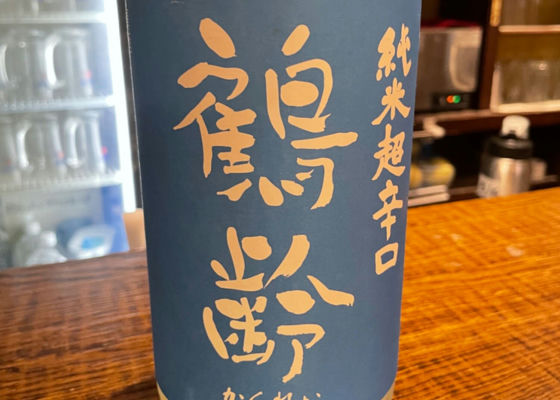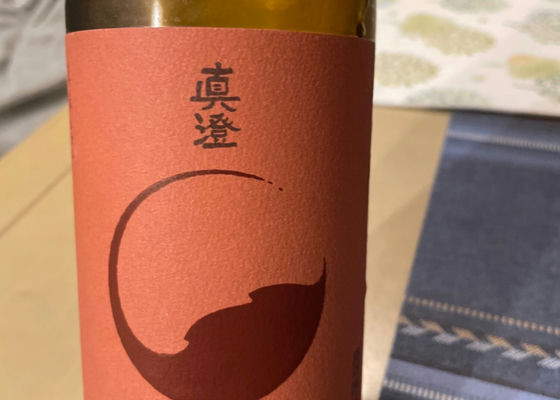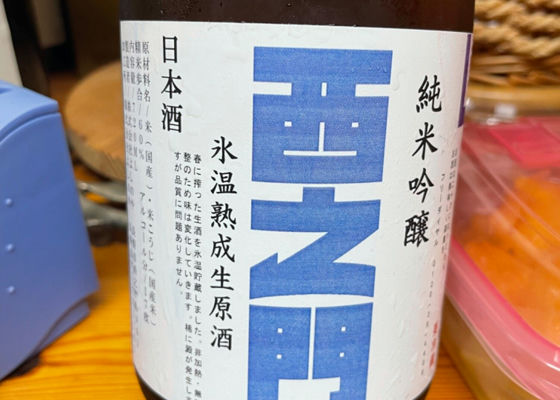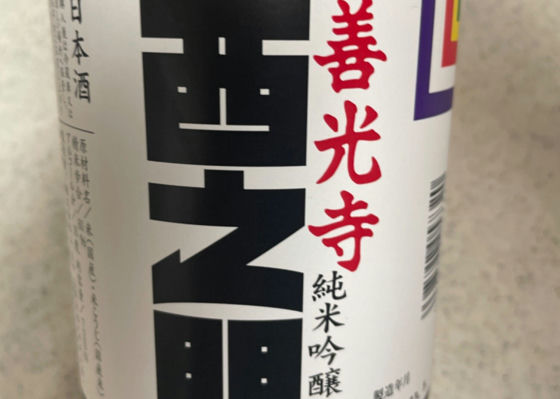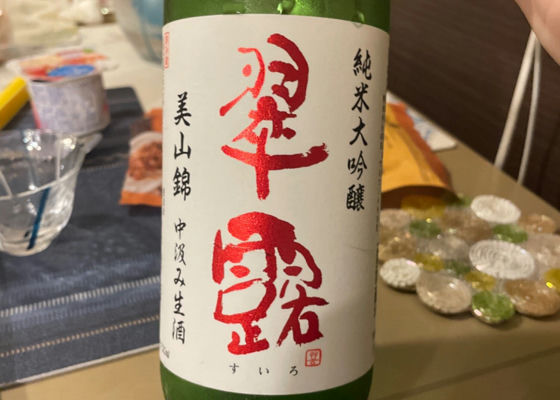
オールドスポルト
Miyamanishiki Nakakumi Nama Sake. The full aroma when opening the bottle, the acidity in the mouth, the bitterness on the side of the tongue, and the clean and refreshing taste with no cloying taste due to the Nakakumi method, made me hesitate over which one to choose over the Omachi.
But after tasting it, I decided to go for this one. This bitterness is a taste unique to this rice that does not appear in Omachi or Yamada-Nishiki.
Japanese>English
